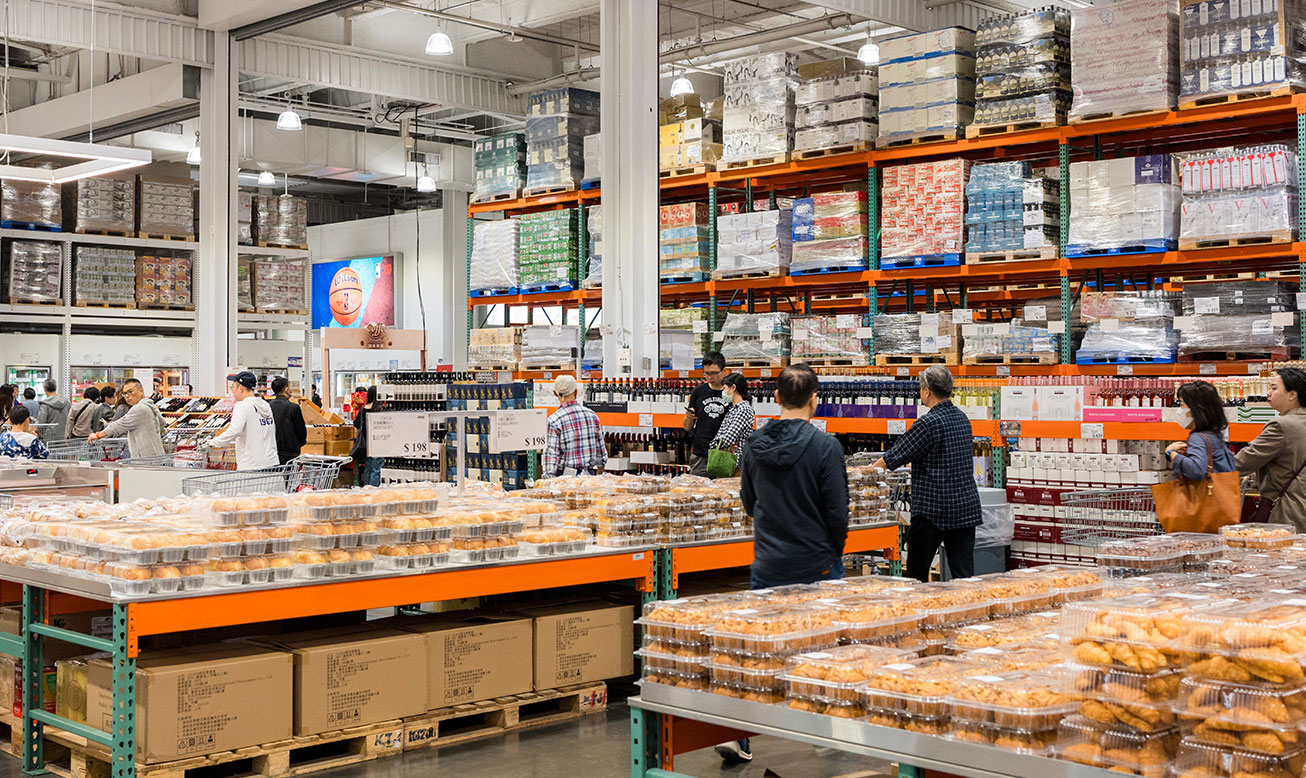May 22, 2024
Is a Dark Store a Warehouse?
Many people enjoy the instant gratification of shopping at a physical store; however, e-commerce gained momentum after the pandemic. In response to the growing demand for fast online shopping deliveries, retailers of every size switched to the concept of dark stores, offering more products digitally, using their store space to store large amounts of products, and providing more options like pickup or same-day delivery. These dark stores, also known as retail distribution outlets, have been highly beneficial in streamlining logistics operations, especially in the last leg of the supply chain process.
Comparing Concepts
First off, what exactly is a dark store?
Imagine a retail store with no room for visitors and its shelves hidden from the prying eyes of business shoppers. For instance, fulfillment centers are a prime example of a dark store. Unlike the busy aisles of a typical supermarket, a dark store operates more like an undercover operation center. It is not open to the public but serves as a fulfillment hub for online orders. Think of it as a warehouse disguised as a retail store without the bustling hassle of people coming and going.
Now, let’s move on to the comparison with warehouses. These hubs of commerce are the backbone of the supply chain, sheltering vast inventories of goods ready to be shipped to their final destinations, which can be dark stores or typical retail stores.
The concept of warehouse retail stores have been around for decades, evolving with the changing needs of the retail industry. Dark stores, on the other hand, are a relatively new concept, emerging in response to the growing demand for online shopping and faster delivery times. But here is the twist: while both dark and warehouse retail stores deal with large volumes of merchandise, their operational dynamics differ significantly.

Dark Stores vs Warehouses Retail Stores
Despite their eerie name, dark stores are all about efficiency. They eliminate the need for flashy displays and eye-catching promotions by operating behind closed doors. This model allows them to maximize every inch of available space for storage and fulfillment purposes. However, implementing dark stores comes with its own set of challenges, such as finding big enough locations and managing inventory. In essence, they are focused solely on getting the job done.
On the other hand, setting feet at a warehouse retail store can be a sensory overload, more akin to a swarming marketplace. Customers wander the aisles, captivated by the wide range of products displayed on shelves and racks. It is a consumerist abyss designed to seduce and captivate shoppers, drawing them deeper into the shopping experience. But with great shows comes great overhead costs, as maintaining such elaborate setups requires significant investment in both workforce and infrastructure.
So, where does the concept of a dark storage warehouse fit into all of this? Well, imagine combining the best of both worlds: the efficiency of a dark store with the scale of a warehouse retail store. That is what a dark warehouse strives to achieve. By leveraging the streamlined operations of a dark store within the expansive confines of a warehouse, businesses can gain unparalleled levels of productivity and cost-effectiveness.
Dark Store Fulfillment
Since customers’ demand for quickness and efficiency is growing and expanding, the fulfillment buzzword has been making waves in the world of B2B logistics, promising faster delivery times and lower operational costs. Dark store fulfillment refers to the practice of using strategically placed dark stores as fulfillment centers. By doing so, businesses can minimize the distance between products and customers, reducing shipping times and transportation expenses by shortening their last-mile procedures.
Of course, this is only possible with the rise of urban warehouses. In big cities and metro areas, these sprawling facilities serve as the nerve centers of commerce, housing everything businesses and stores need for their operations under one roof. Big warehouse stores are evolving beyond mere distribution hubs to motherships that feed both retail and dark stores. They are becoming strategic waypoints in the quest for faster, more efficient fulfillment.
In conclusion, a dark store can share some characteristics with a warehouse but with additional factors that make it unique. While both are key players in the supply chain, even their operational models cater to different needs and objectives. At Last Mile Logistics, we put our experience at your business’ service to consider the role that dark stores, warehouse retail stores, and big warehouses play in your logistics strategy. After all, staying ahead of the curve is the name of the game. So please call us so we can evaluate your transportation needs.

